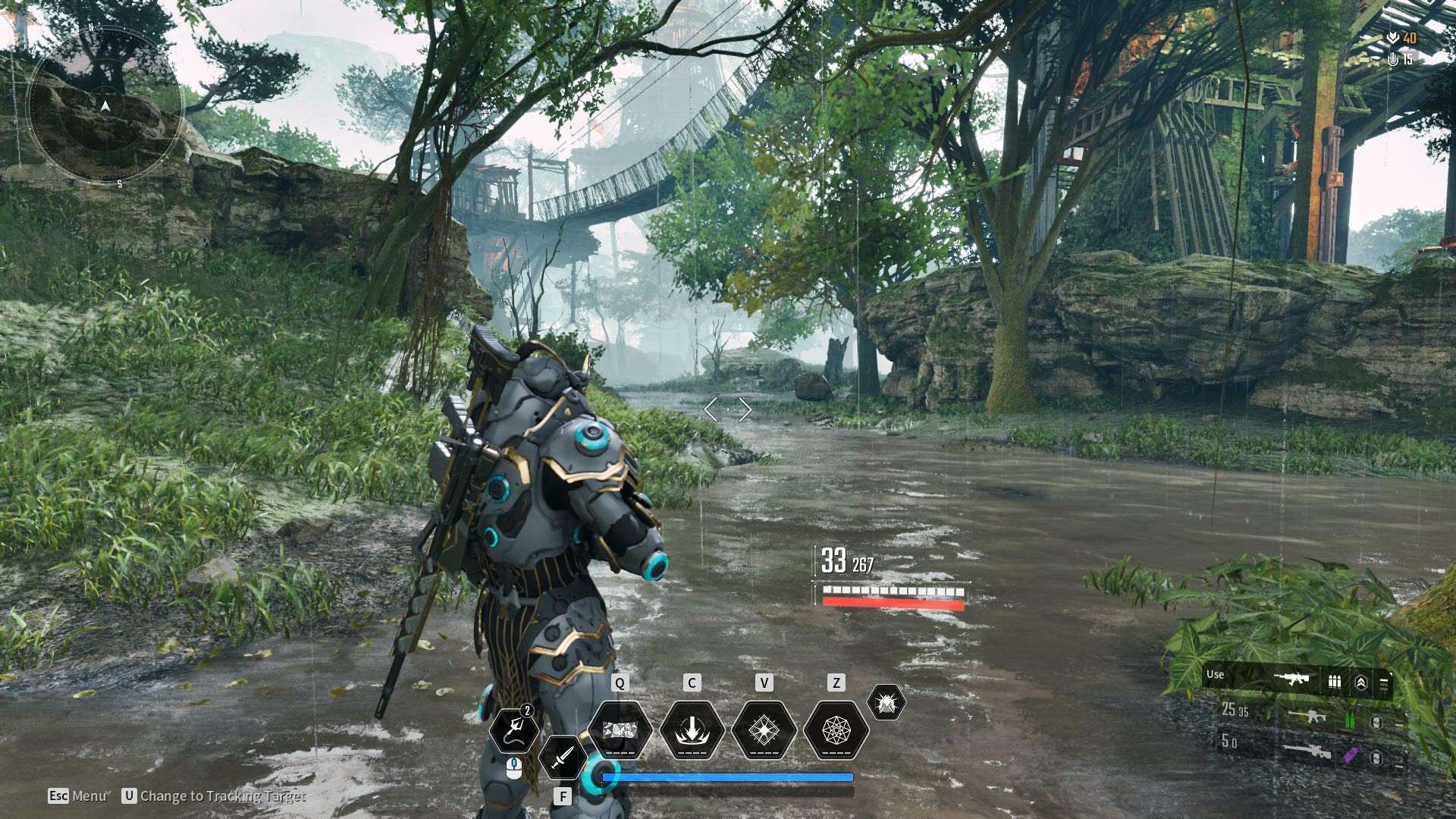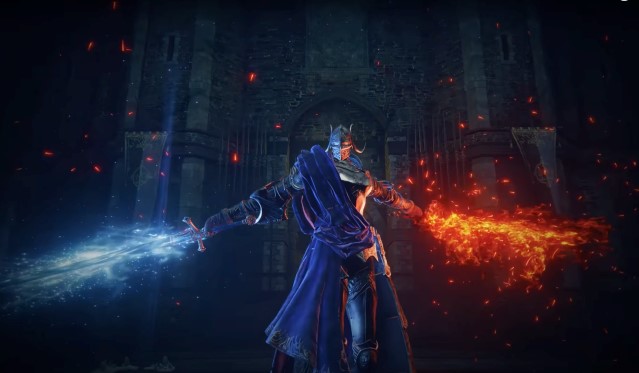The Ray Tracing Effects in The First Descendant Are Some of The Least Impressive We've Ever Witnessed
NEXON has recently released its new free-to-play third-person looter shooter, The First Descendant, on PC. The game utilizes Unreal Engine 5 and features support for Ray Tracing, DLSS 3, and FSR 3.0. In this article, we'll examine its Ray Tracing effects, which, as the title suggests, are among the most underwhelming we've encountered in any game.
For these benchmarks and screenshot comparisons, we utilized an AMD Ryzen 9 7950X3D processor, paired with 32GB of DDR5 RAM running at 6000MHz, and an NVIDIA GeForce RTX 4090 graphics card.[1] The system operated on Windows 10 64-bit, using the GeForce 556.12 WHQL driver. Additionally, the second CCD on our 7950X3D was disabled during testing.

Figure 1. Underwhelming Ray Tracing Effects in The First Descendant
According to the in-game settings, the Ray Tracing in The First Descendant is intended to improve its lighting effects. So, theoretically, there should be a significant difference between RT On and Off, right? Well, actually no. Below, you can see comparison screenshots between RT On (left) and RT Off (right). Figure 1 shows Underwhelming Ray Tracing Effects in The First Descendant.
Even when utilizing NVIDIA’s ICAT, it's quite challenging to discern the lighting enhancements brought by Ray Tracing in this title. The only comparisons that reveal some distinctions are the last two. However, the visual differences are minimal and do not justify the significant performance impact.
Honestly, I'm not sure why the developers bothered adding Ray Tracing in this game. While Ray Tracing can significantly enhance visuals in certain games, The First Descendant serves as a prime example of how RT can be entirely ineffective in others.
Therefore, we recommend disabling Ray Tracing entirely in The First Descendant. As illustrated in the following graph, there is a significant performance difference between RT On and RT Off. [2] With Ray Tracing enabled, our NVIDIA GeForce RTX 4090 achieved frame rates ranging from 43fps to 64fps. Without Ray Tracing, the frame rates increased to between 63fps and 89fps.
Yes, as previously mentioned, the game supports DLSS 3. This allows owners of an RTX 40 series GPU to utilize DLSS 3 Super Resolution and Frame Generation to achieve frame rates close to 100fps. However, given the minimal perceptible image enhancements with Ray Tracing enabled, some might question the need for using DLSS 3 in this scenario. Without Ray Tracing, DLSS 3 SR and FG can achieve even higher frame rates.
References:
- https://www.nvidia.com/en-in/geforce/news/the-first-descenant-dlss-3-5-ray-reconstruction-ray-tracing/
- https://www.dsogaming.com/articles/the-first-descendant-has-the-most-underwhelming-ray-tracing-effects-weve-ever-seen/#more-181442
Cite this article:
Janani R (2024), The Ray Tracing Effects in The First Descendant Are Some of The Least Impressive We've Ever Witnessed, AnaTechMaz, pp. 27















